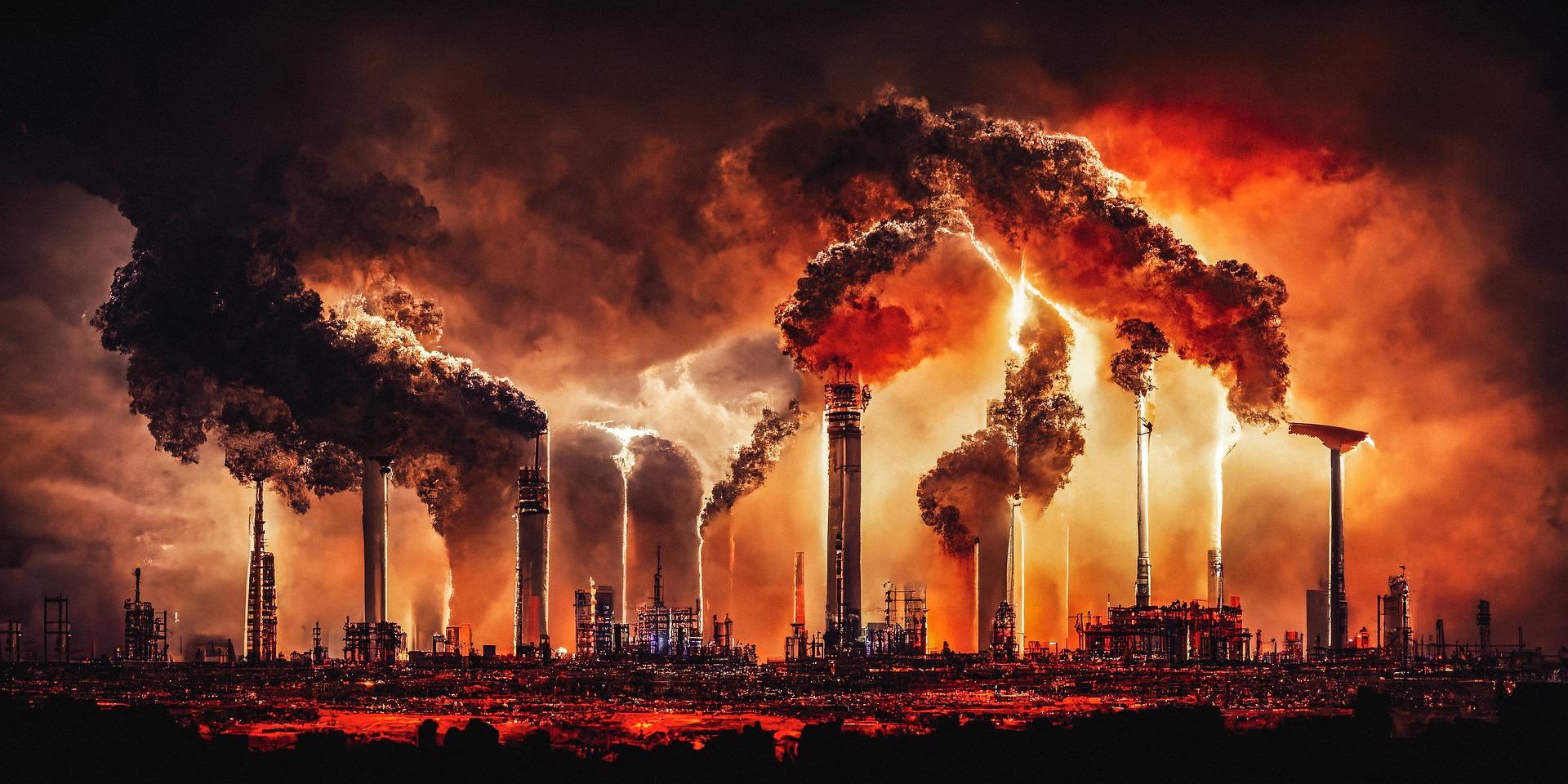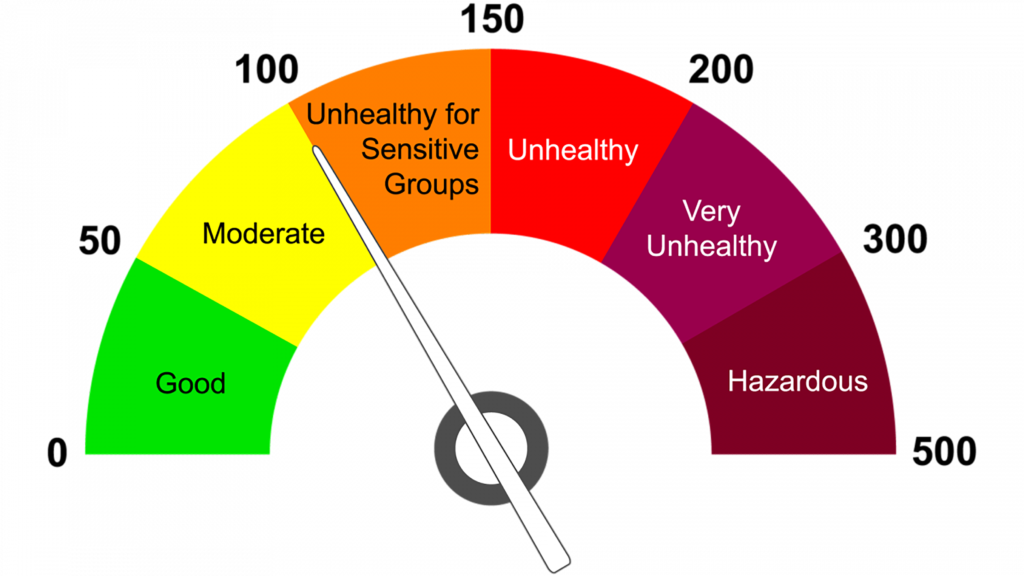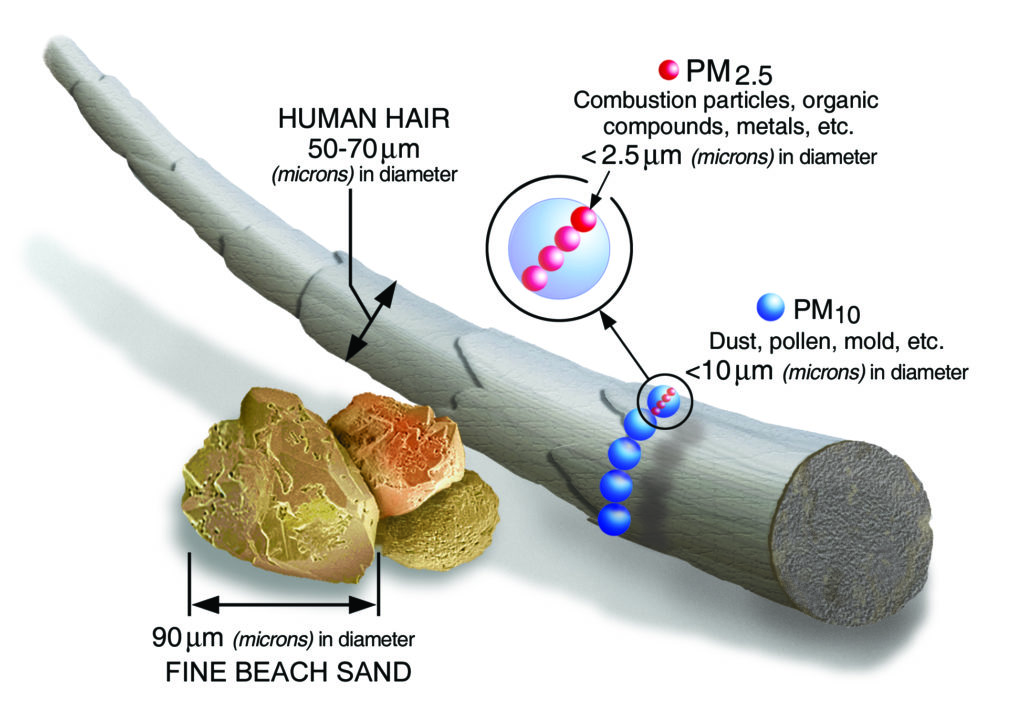The Unexpected Rise of Air Pollution in Sri Lanka during the Latter Part of the Year 2022
Dr. Gayan Bowatte

Air pollution is the contamination of air by any chemical, physical or biological agent that modifies the natural characteristics of the atmosphere. Air pollution is a global issue. Man-made air pollution has been identified as the leading cause of environmental pollution which causes more significant damage to human health. According to a report from the World Health Organization (WHO), each year, air pollution causes nearly seven million deaths around the globe. Exposure to polluted air can cause mild symptoms like a simple cough up to lethal cancers depending on the type of pollutant and the length of exposure.
Air pollutants can be generated from different sources like combustion, which include emissions from motor vehicles, industries, and biomass burnings. Other than man-made sources, natural events like bushfires and wind-blown dust also can generate air pollution. The polluted air includes gases like Sulphur oxides (SOx), nitrogen oxides (NOX), ammonia (NH3), and carbon monoxide (CO). It also contains small size particles. The size of these particles in polluted air ranges from nanometers to larger dust particles. The fine particles included in the polluted air, mainly particles with a size less than 2.5 micrometers in diameter (PM2.5), can cause severe damage to human health (Figure 1)

Different scientific instruments measure the level of air pollution, and the level of air quality is conveyed to the general public using Air Quality Index (AQI). The AQI is ranged from 0-500. The scale is divided into 5 levels depending on the health effects observed, 0 – 50 indicates good air quality, while 300 – 500 indicates hazardous air quality (Figure 2).

The air quality of Sri Lanka is usually moderate compared to the other countries in the region, but air quality on the island can turn into unhealthy levels. These harmful levels are predominantly localized into a city or a particular area, depending on the source of air pollution. For example, in a congested road, the air quality is bad compared to a rural area with less or no traffic. However, recently, throughout the country, we observed a murky cloud in the outdoor air as a result of increased air pollution. High levels of air pollution were greater during the first ten days of December 2022. This phenomenon is not new to Sri Lanka. A similar pattern was observed in the last couple of years. During the months of November up to March, generally dry weather is experienced throughout the island. During this period, air quality of the country has been comparatively bad. The bad air quality during this period results from concentrated pollution from the sources within the country and partly from the air pollution generated outside the country. The pollution generated outside the country was the main reason for the sudden abnormal increase in the air pollution experienced recently. During December 6th – 8th, 2022 the AQI was continuously between 150 – 200 which was unhealthy for the population in almost all the areas of Sri Lanka (Figure 3).

Although high air pollution was observed on the other days of October and November 2022, those exceedances were short-term (Figure 3).
These unexpected unhealthy air quality levels were mainly due to the transboundary transport of air pollution. High levels of air pollution in the Indian sub-continent traveled to Sri Lanka through the change in wind patterns. Especially the low-pressure system developed in the Bay of Bengal during the first week of December 2022 helped to bring a large amount of pollutants during a short period of time, resulting in increased air pollution on the island.

Figure 4 shows how the wind pattern change brought high pollution levels to the country. The particulate matter in this air pollution can easily wash away with rain. Therefore, the decreased levels of air pollution over the country after the 9th of December 2022 resulted from the heavy rain.


